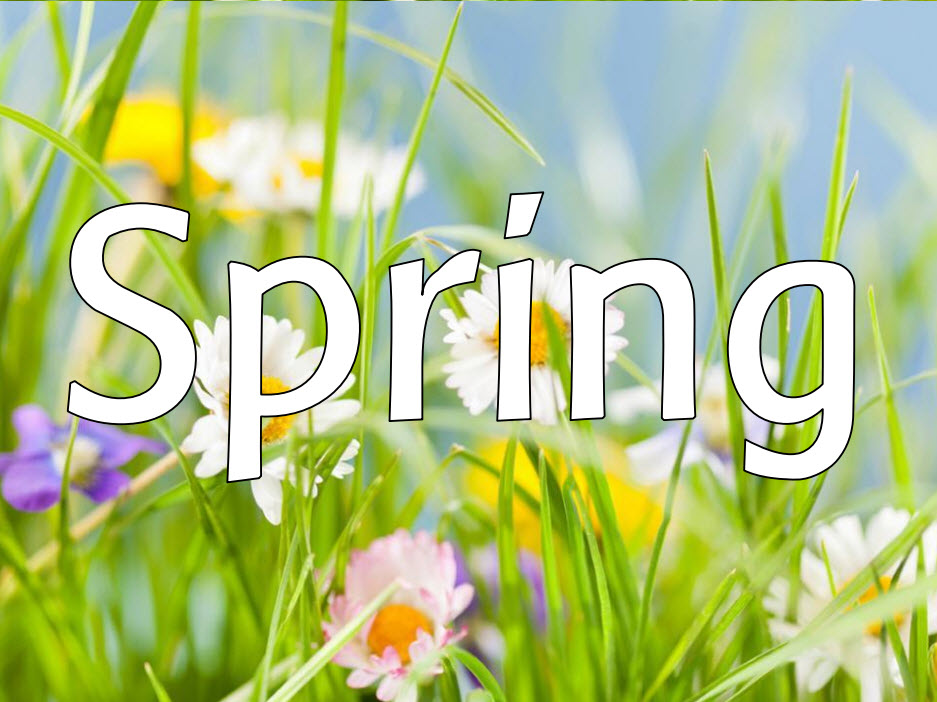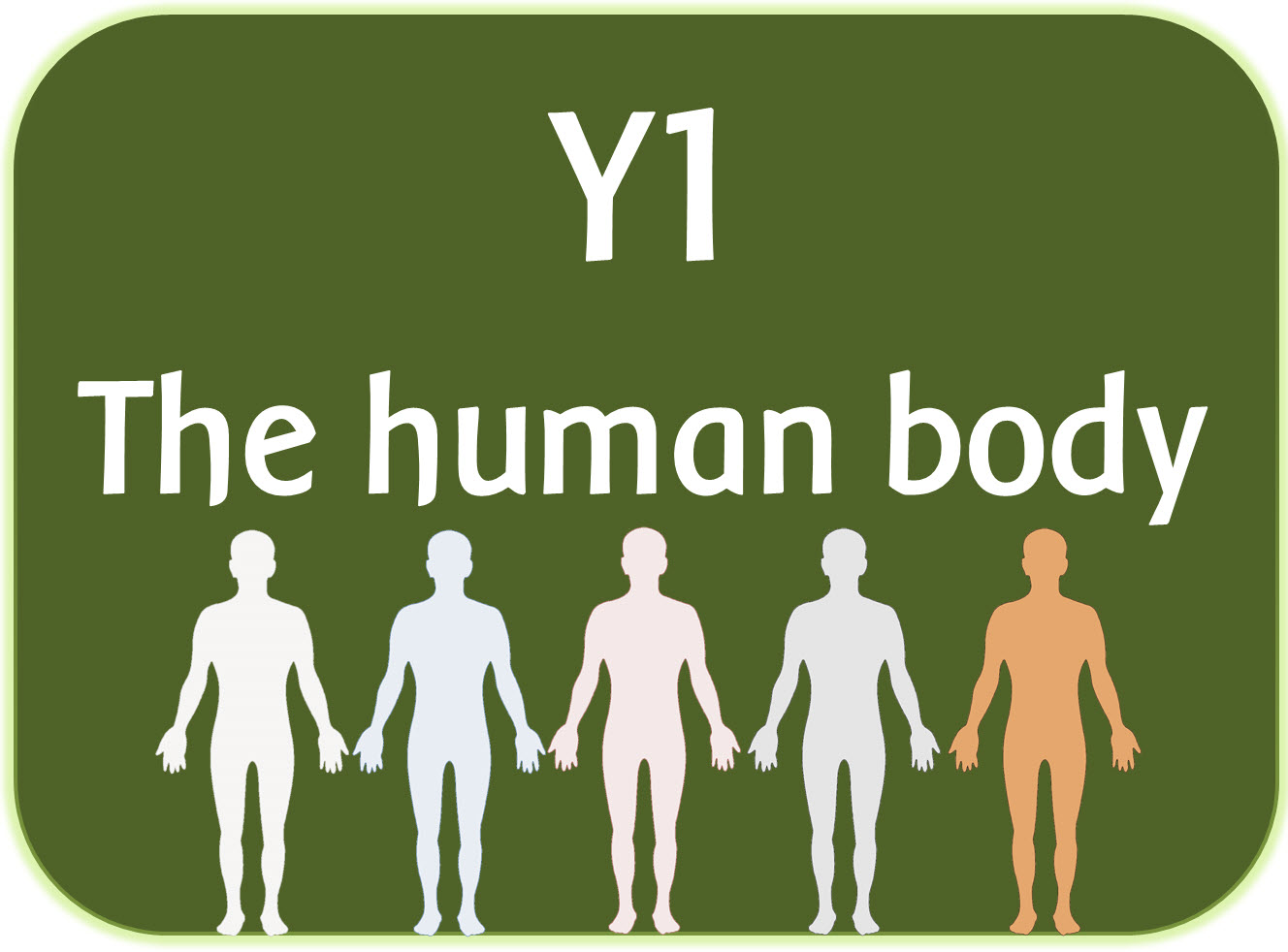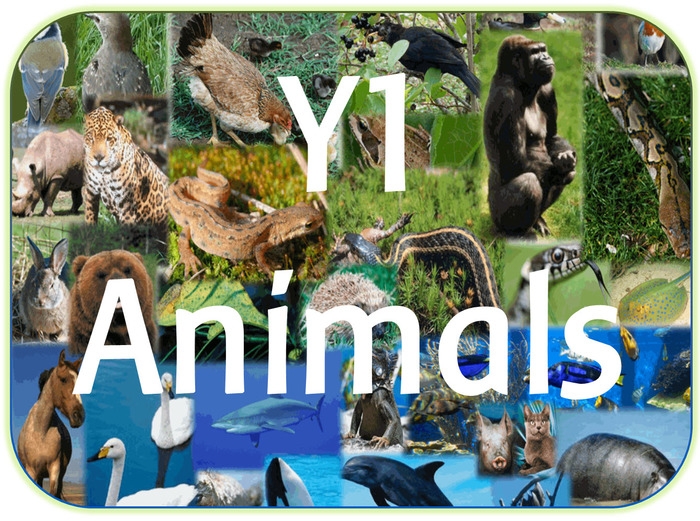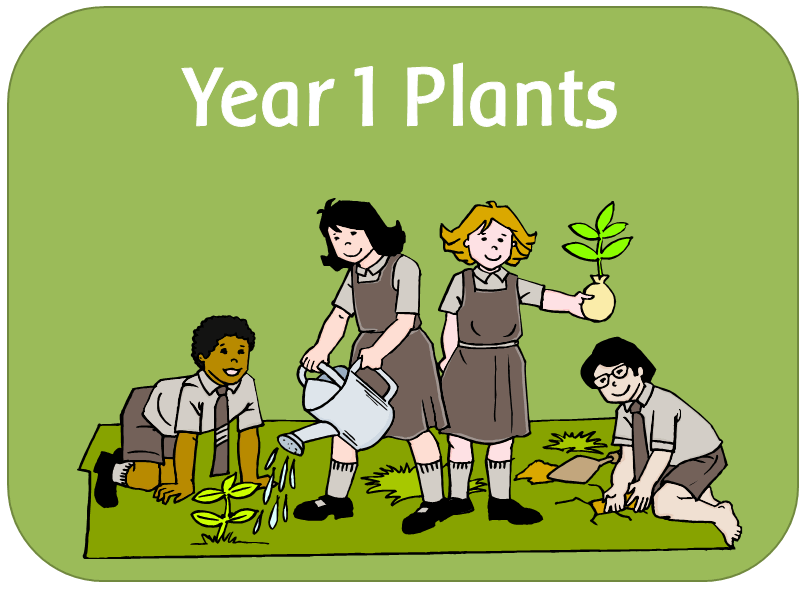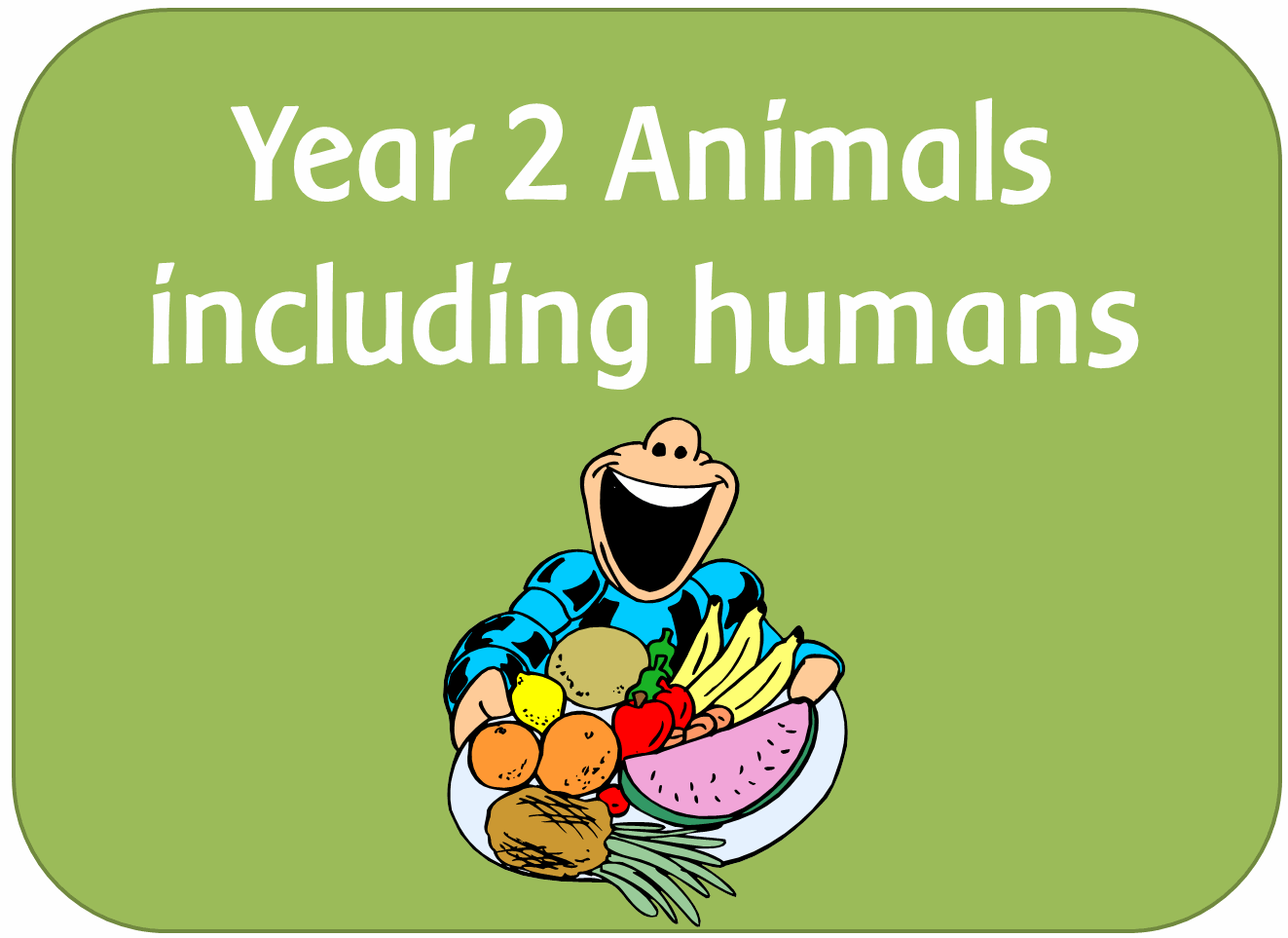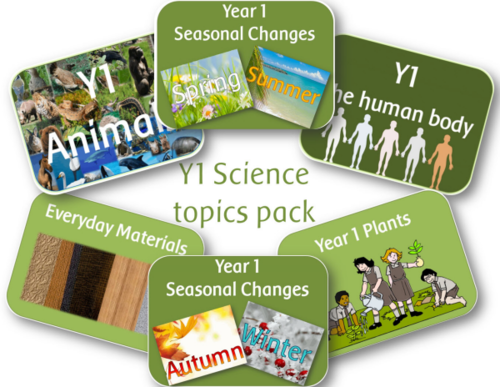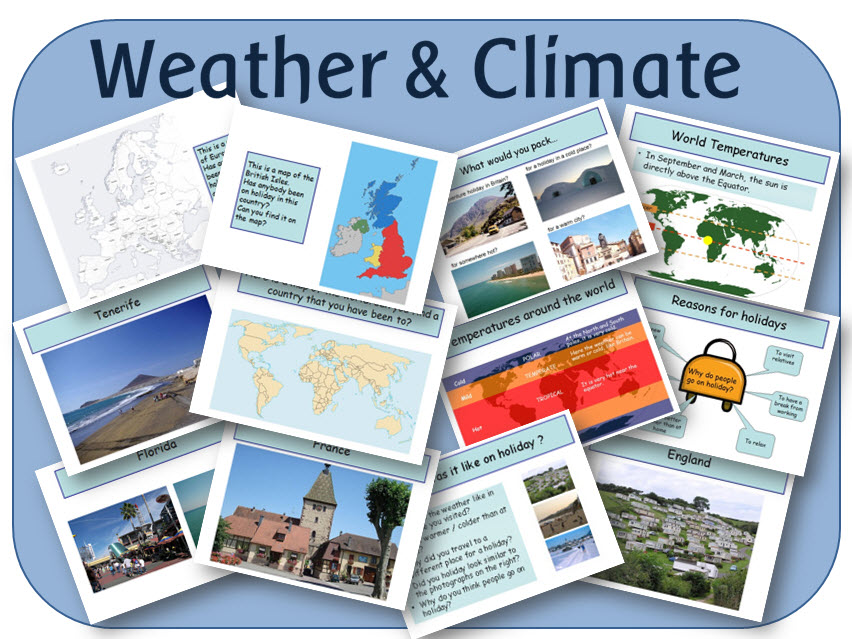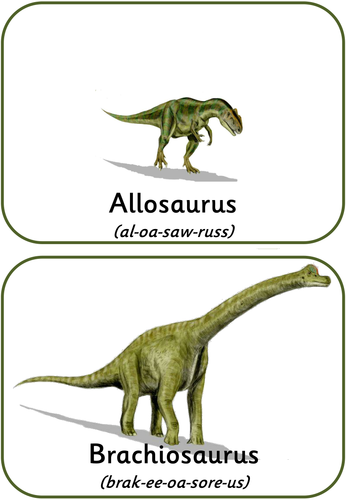
404Uploads
1072k+Views
683k+Downloads
Cross-curricular topics

Transport topic - canals powerpoint
Powerpoint on the development of canals and canals around the world today. Explains how canals were the method of transporting goods before the railways; how the barges were pulled along by horses; and how they were built.

Minibeasts / Insects for EYFS / KS1: PowerPoint lessons, activities and display pack
POWERPOINTS
ANTS:10 page presentation, includes where they live, body parts, life cycle, ant attacks, and food.
BUTTERFLIES: 15 page presentation, includes parts of a butterfly, life cycle of a butterfly, butterfly eggs, caterpillars, what caterpillars eat, how caterpillars change, what do butterflies eat, how do they fly, why are they different colours, and camouflage.
EARWIGS: 11 page presentation, including how they grow, what they eat, where they live, are they pests, how they are born, and interesting facts.
FLIES: 12 page presentation, includes what they eat, life cycle, houseflies, horseflies, mosquitos, crane flies, dung flies, and hoverflies.
HONEY BEES: 10 page presentation, includes what they eat, where they live, arethey pests, bee stings, life cycle, what they look like close up, how they make honey, and a bee rhyme
LADYBIRDS:10 pages, includes where they live, what they eat, life cycle, enemies, facts and a rhyme.
SLUGS AND SNAILS: 9 page presentation, includes where they live, what they look like, how they move, life cycle, what they eat, and what eats them.
SPIDERS: A 22 page presentation, includes spider body parts, legs, eyes, mouth, predators, webs, spiderlings, different types of common spiders - house spider, garden spider, woodlouse spider, wasp spider, spitting spider, and tarantula.
WOODLICE: 7 page presentation, including where they live, are they insects, what do they look like, what do they eat, does anything eat them, and life cycle.
WORMS: A 13 page presentation, includes can worms see, where they live, how they move, what and how they eat, how they breathe, their enemies, and how they are good for the soil.
MINIBEAST FACT FILE: 24 page presentation, recapping different minibeasts
I KNOW AN OLD WOMAN WHO SWALLOWED A FLY: -the rhyme
DISPLAY resources
A-Z LETTERING: Plus numbers and letters with a minibeast/leaf fill
MINIBEASTS BANNER: Prints onto 2 A4 sheets
MINIBEASTS DISPLAY BORDER: Attractive border to print out to frame your displays
INSECTS LETTERING: Prints onto 2 A4 sheets. You can cut the letters out out or display it as a banner
MINIBEASTS LETTERING:Prints onto 3 A4 sheets. You can cut the letters out out or display it as a banner
NUMBER LINE: Ant number line to 20
LIFE CYCLES: 3 pages - the life cycles of a bee, butterfly and fly.
ACTIVITIES
CARDS - WORDS AND PICTURES: Match the words to the minibeast pictures. 16 different minibeasts, 32 cards in total
MINIBEASTS FLASH CARDS: 39 different flash cards with photographs of common minibeasts. They can be used as cards or for display.
MINIBEAST CLIPART: Colourful clipart to print
MINIBEAST COLOURING: Large black and white pictures to colour
WRITING BORDER: Minibeast writing border; lined and unlined
TOPIC COVER: To colour in - 2 versions, insect/minibeasts

KS1 Geography and History of the United Kingdom: powerpoints and activities pack
A set of resources for KS1 to teach children about the geography, history and culture of the UK.
GEOGRAPHY POWERPOINT LESSONS
Geography of the UK: ENGLAND
Geography of the UK: SCOTLAND
Geography of the UK: WALES
Geography of the UK: NORTHERN IRELAND
Each powerpoint is approximately 20 pages long and includes information on:
The location of the country in the world and in the UK
The names of the ocean and surrounding seas
The capital city
Information on the capital city and key landmarks
Islands
Mountains
Rivers
Specific features such as castles, brochs, lochs, stone circles etc.
Myths and Legends
Traditions
HISTORY POWERPOINTS
HISTORY OF THE UK: A quick look through different periods in the history of the United Kingdom; how the UK has been invaded and settled, why places are as they are, and how the countries got their names.
THE UNION FLAG: The story of how it came into being. It includes:
Flag of England; Saint George, the story of St George and the Dragon, the St George's Cross
The Flag of Wales
The Flag of Scotland; St Andrew, the story of King Angus MacFergus
The Flag of Britain, 1606
The Flag of the Protectorate; including the arms of Ireland
Great Britain; the ensign armorial, 1707
St Patrick's Cross; the story of St Patrick
The Union Flag
Jacks
How to draw the Union Flag
THE NATIONAL ANTHEM
THE ROYAL COAT OF ARMS: Explains what a coat of arms is and how they are created. Explains about the Royal coat of arms today.
ACTIVITIES AND WORKSHEETS:
Factfiles x 4: For fact finding missions, cities, rivers, mountains and a blank one. They contain boxes for text, lines for explanations and a blank map of the UK.
Flag activities: 6 different flag sheets
Map of UK
Topic cover
Jigsaw of the UK
Simple outline plan in word with links and suggestions.

Famous Explorers Christopher Columbus & Neil Armstrong pack: powerpoints, worksheets, and display
A set of worksheets / activities / display / planning resources for looking at the lives of 2 significant individuals in the past and comparing aspects of life in the periods they lived.
POWERPOINTS:
Who were Columbus and Armstrong: An introduction to the topic. It shows three pictures of each explorer, asking the children to look at the pictures and find out information.
Christopher Columbus: A 24 page lesson, looking at his life story, and his first journey across the Atlantic.
Neil Armstrong: A 19 page powerpoint, looking at the story of his life and his journey to the moon
Comparison of life in the different time periods: Shows the different explorers and where they lived on a simple timeline. It compares different aspects of life in both their lives including aspects such as transport, knowledge of the world, houses, food and uniforms.
DISPLAY (pdf):
A-Z lettering x 2, one with a sea background and Christopher Columbus banner, and one with a space background and Neil Armstrong banner
Portraits of the two men in picture frames
A4 title - Christopher Columbus (x 2 versions)
A4 title - Neil Armstrong (x 2 versions)
World maps x 2 from the different time periods
ACTIVITIES (pdf)
Cards - 12 different cards with objects that both explorers would have used. Can be used in card games, or for cutting and sticking sorting activities.
Topic covers x 6 different layouts for Christopher Columbus
Topic covers x 6 different layouts for Neil Armstrong
Writing sheets (x 4 lined and unlined) with Christopher Columbus border
Writing sheets (x 4 lined and unlined) with Astronaut border

Florence Nightingale & the Crimean War pack : powerpoints, worksheets, activities and planning
POWERPOINT FILES:
Florence Nightingale mind map: To explore what the children already know about Florence Nightingale
Florence Nightingale introduction: Introduces the concept of famous people, asking how they become famous. It shows some images of Victorian dress, asking the children to find similarities and differences between now and then. A timeline demonstrates how long ago the Victorians lived, and why they were called Victorians.
What was it like when Florence Nightingale was alive: A short story about Queen Victoria, and an exploration of life in Victorian times, with images.
The life story of Florence Nightingale: A 13 page story of Florence's life from her birth in Italy in 1820 to her death in 1910.
The life story of Florence Nightingale in pictures: The pictures that tell a story of her life, for discussion
The Crimean War: A short look at the Crimean War; how it began, why British soldiers were there, and what conditions were like.
Florence Nightingale and the Crimean War: A 25 page long Powerpoint, explaining Florence's journey to Scutari; what the hospital was like when she got there, and what she did to improve conditions for the men.
PRINTABLE FILES:
Worksheets
Florence - questions: To use as an introduction. Shows a picture of Florence nursing, and asks questions for the children to answer.
Victorian health adverts: 7 Victorian adverts for remedies and medicines. Children can look through them and learn about what types of healthcare was available in Victorian times.
Story writing sheets: 3 different formats for the children to both sequence the pictures of Florence, and to tell her life story.
Pictures of the Crimean War: Photographs and paintings from the time.
Hospital before and after: Pictures of the hospital before and after Florence made her changes, with space to write.
Journey to Scutari - blank map: A map of Europe for the children to sketch out the route Florence and her nurses took to Scutari.
Acrostic poems: 2 versions, one saying Florence, the other Scutari, for children to write their own poems.
Poetry: Contemporary poems about the Crimean War and Florence Nightingale
Florence Nightingale wordsearch: with key vocabulary
Writing sheets x 8: 8 different layouts, with a Florence Nightingale border
Display / booklets:
Florence Nightingale project cover: To put at the front of project work
Plus: an adaptable plan in word, showing the learning objectives for the Powerpoints and worksheets, web links, and other cross curricular activities.

King John & Magna Carta - Powerpoint, activities and display
POWERPOINTS
KING JOHN AND MAGNA CARTA: A 26 page powerpoint in 3 sections
Life at the beginning of the 13th century: A look at what medieval life was like in England, inludes feudalism, manors, markets, monasteries, peasants and wars
Who ruled England at the beginning of the 13th century: The first Plantagenet Kings, Henry II and Richard I; King John, whether he was a good or bad king, the reasons the barons rebelled and wrote the Magna Carta, civil war, the death of King John..
The Magna Carta: A look at why it was written, what was in it, and its relevance today.
CLAUSES FROM THE MAGNA CARTA: 12 Clauses from the document; can be viewed as a show or print out for display.
ACTIVITIES
Topic front cover x 2
Writing border - King John
Writing border - Magna Carta
Medieval battles writing/recording sheet
Medieval village peasant life x 3 writing/recording sheets
Parchment: For the children to write their own clauses
Magna Carta (in word, translated copies)
DISPLAY
A4 Heading
Banner: Prints onto 2 A4 sheets
Lettering (A-Z with Magna Carta background)
Display borders
PLUS an outline planning document.

Y1 Science topic - Seasons - Spring topic powerpoint, display and activities
A set of resources looking at different aspects of spring - the weather, animals, plants etc.
The spring powerpoint covers objectives in the Y1 science curriculum, looking at the season of spring and how the weather and day length varies.
Also in the set are photographs, vocabulary cards, headings, lettering, borders etc.

Remembrance Day powerpoint lessons and display
INTERACTIVE WHITEBOARD RESOURCES (POWERPOINTS):
Why are people wearing Poppies this week?
Who do we remember on Remembrance Day
Why do we have Remembrance Day?
What happens on Remembrance Day?
In Flander’s Field. (Poem)
DISPLAY (PDF):
Lest we forget A4 heading
Remembrance Day lettering - includes 'Remembrance Day' which prints out onto 4 A4 sheets for a banner, plus upper and lower case letters, numbers, and punctuation to personalise your display.

Year 1 Science Animals including humans: the body & 5 senses powerpoints, worksheets and activities
A set of whiteboard resources and activities to teach children to identify, name, draw and label the basic parts of the human body and say which part of the body is associated with each sense.
The set also includes a heading for display and an outline adaptable MT plan.

Year 1 Science - Variety of common animals - Animals including humans topic pack
A set of wpowerpoints and printable activities to teach children how to identify and name a variety of animals, describe and compare their structures and identify animals that are carnivores, herbivores and omnivores.

Year 1 Science - Plants topic pack
This set of resources includes planning, worksheets and powerpoints. The powerpoint lessons cover the following objectives:
identify and name a variety of common wild and garden plants, including deciduous and evergreen trees
identify and describe the basic structure of a variety of common flowering plants, including trees.

Year 1 Science - Everyday materials topic pack - powerpoints, worksheets activities and display
A set of IWB teaching lessons, worksheets, activities and display resources. It has been made following the curriculum 2014 objectives.

Year 2 Science - Animals including humans - powerpoints, planning, worksheets & display pack
A set of resources to teach about how animals have offspring which grow into adults; the basic needs of animals and the importance of exercise and healthy eating.

Year 2 Science - Living things resource pack - powerpoints, planning, display and worksheets
A pack of resources following the new science curriculum.

Year 3 science - Plants - powerpoints, worksheets, planning & display
A set of resources looking at the functions of different parts of flowering plants (roots, stem, trunk, leaves and flowers); the requirements of plants for life and growth, and the part that flowers play in the life cycle of a plant.
Bundle

Year 1 Science topic pack
A set of resources for all Science topics covered in Y1 - includes powerpoint lessons, activities, display, outline plans etc.

Space topic - powerpoint resources
10 powerpoints, looking at the Earth, Moon, Planets and Sun; the Space Race, Yuri Gagarin, Neil Armstrong and the moon landing, and the life of an astronaut:
PLANET EARTH - Answers to the following questions: How old is Earth? / How big is Earth? / What is Earth made of? / How much water is on Earth? / Does the Earth spin? / Why can we not feel the Earth move? / How hot is Earth? / Does Earth have an atmosphere? / Where is Earth? (demonstrates with pictures our position in the Solar System / Milky Way / Universe)
THE SUN - Answers the following questions - What is the sun? / How did the sun form? / What size is the sun? / Does the sun move around the Earth or does the Earth move around the sun? / What is the sun made of? It also describes a solar eclipse, sun spots, and the sun's core.
THE MOON - Answers the following questions - What size is the moon? / How far away is the moon? / How does the moon stay in the sky? / How long does it take the moon to orbit the Earth? / Do we see different sides of the moon? / Is it cold on the moon? / Is the moon a source of light? / Why does the moon seem to change shape? / What is it like on the moon? / How many people have walked on the moon? It also looks at gravity, the moon, and the sea.
PLANET FACT FILE - Looks at the 8 planets in the solar system and how they are studied. It explains the relative sizes of each planet, and compares them to the size of the sun. The planets each have their own page, with information such as: What is it like? What is it named after? Has it been visited by spacecraft? Can we see it? It contains a mnemonic to remember the order of the planets. It ends with a series of questions to see what the children have remembered.
THE SPACE RACE - A 14 page PowerPoint that looks at the main events that happened in the Space Race.
NEIL ARMSTRONG AND THE MOON LANDING - A biography of the life of Neil Armstrong, and how he became an astronaut, and the first man to walk on the moon. It describes the Apollo 11 mission, and the famous journey to the moon.
SPACE STATIONS - Describes the first space stations launched by Russia, and explains what a space station is. Talks about the International Space Station; how it is assembled, and what happens on it.
THE LIFE OF AN ASTRONAUT - A description of what life is like for an astronaut - Training / Work that astronauts do / Living on the International Space Station / Expeditions / Gravity in space / Weightlessness / Space food / Sleeping / Daily routines on the ISS / Clothing / Activities.

KS2 Geography: Weather and climate zones around the world topic - powerpoints and activities
A set of resources looking at holidays and world climate zones. It contains 5 PowerPoint lessons to use on an interactive whiteboard, and 4 pdf activities to print out.
POWERPOINTS:
Holidays: Where have we been on holiday; why do people go on holiday, with photo prompts, maps and explanations
World Climates: Description of Tropical, Temperate and Polar climates, where they are in the world, and a brief explanation why.
Planning a holiday: Description of 4 people to plan a holiday for. Links to online resources.
Country Research: Links to good websites for the children to research.
What do we need to pack: 4 locations for the children to look at and pack for.
PDF FILES
My packing list - to fit in with the PowerPoint file.
Printable world map - for the children to plan their holiday route.
Postcard - Blank postcard for the children to write.
Passport of places visited - for the children to fill in at the end of the topic.

Dinosaur resources, display, games and activities for EYFS KS1
A pack of powerpoint lessons, activities, games and display
Powerpoint files:
A pack of worksheets, activities, cards and display resources for a dinosaurs topic.
ACTIVITIES
Acrostic poem templates x 2
Bones - different lengths to use for sequencing activities
Coloured bookmarks with dinosaurs - 4 different designs
Black and white bookmarks - 8 different designs
Cards - 9 cards with different dinosaurs on for matching/snap games
Colouring scenes - 11 different designs containing different types of dinosaurs
Counting dinosaurs - 12 different amounts of dinosaurs with space to write the number.
Dinosaur eggs - different sizes for sequencing
Dinosaur masks - black and white to colour
Dinosaur masks (colour)
Black and white dinosaur pictures - 13 simple line drawings to colour/cut out etc
Dinosaur information cards - to fill in
Dinosaurs - different sizes for sequencing (2 different designs)
Finger puppet dinosaurs - small images for puppets
3 x dinosaur themed jigsaws
Topic covers x 3
Wordsearch
Writing border
DISPLAY
A4 heading
Alphabet - 2 versions, one on an egg, the other on an image of a dinosaur hatching.
A-Z lettering, plus numbers and punctuation, with a dinosaur background image
Banner x 2 designs - large 3 page banners
Border with dinosaurs to frame a display
Clipart dinosaurs, for activities or display
Dinosaur alphabet capitals (2 letters per page; the letters are inside the dinosaur body)
Dinosaur skeletons - 5 different images
Numberline - Dinosaur egg - to 20 with numerals and writing
Numbers 1-100, with odd and even numbers different colours
Posters - 10 A5 posters containing images and vocabulary
Word mat - with vocabulary the children may need.







